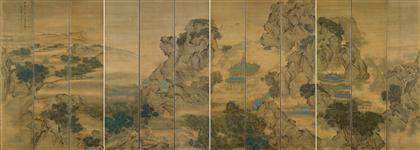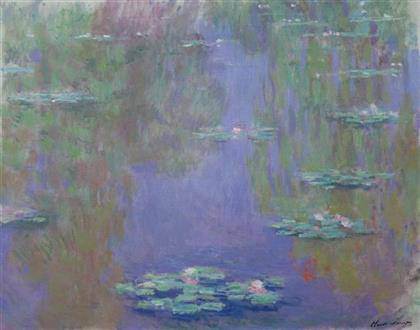
Yuan Jiang (active ca. 1680-ca. 1730)
The Palace of Nine Perfections (1691)
Metropolitan Museum examines Chinese Garden theme An exhibition exploring the rich interactions between pictorial and garden arts in China across more than 1,000 years is on view at The Metropolitan Museum of Art. August 18, 2012 – January 6, 2013.]]>
Source: Metropolitan Museum of Art
Showcasing more than 60 paintings as well as ceramics, carved bamboo, lacquerware, metalwork, textiles, and contemporary photographs, “Chinese Gardens: Pavilions, Studios, Retreats” is displayed in eight galleries encircling The Astor Court, a Chinese garden that is modeled on a 17th-century scholars’ courtyard in the Garden of the Master of the Fishing Nets in Suzhou. After more than a year during which the Museum hosted several major loan exhibitions in its galleries for Chinese painting, the installation, drawn entirely from the permanent collection, features many of the Metropolitan’s most important paintings.
In conjunction with the exhibition, a variety of programs will be offered. These will be highlighted by a staging in The Astor Court (now sold out) of the classical Chinese opera Peony Pavilion, developed and directed by celebrated composer Tan Dun. The November 30 performance will be simulcast in the Grace Rainey Rogers Auditorium.
In the densely populated urban centers of China, enclosed gardens have long been an integral part of residential and palace architecture, serving as extensions of living quarters. The preferred site for hosting literary gatherings, theatrical performances, and imaginary outings, gardens were often designed following the same compositional principles used in painting. And as idealized landscapes, gardens often drew inspiration from literary themes first envisioned by painters. Not only were painters often recruited to design gardens, but as gardens came to be identified with the tastes and personalities of their residents, artists were also called upon to create idealized paintings of gardens to serve as symbolic portraits intended to reflect the character of the owner.
Related content
“Bellini, Titian, and Lotto” – at the Metropolitan Museum (exhibition, 2012)
Follow us on:


